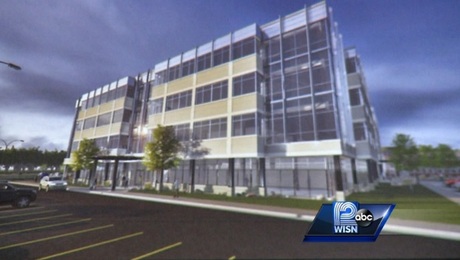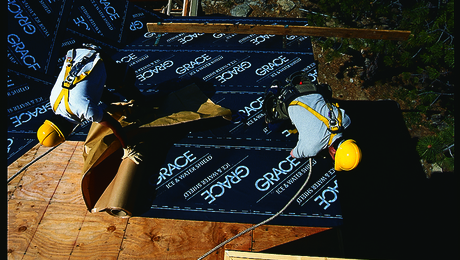Near the end of July, a couple sets of numbers came out that made the housing and remodeling markets still seem like shipwreck victims bobbing in the water with lingering expectations for rescue.
One of those reports, released on July 27, was the S&P/Case-Shiller Home Price Indices for May, which show improvements in annual growth rates of prices for single-family homes over those for April in 15 of the survey’s 20 metropolitan statistical areas (MSAs). Compared to May 2009, the 10-City Composite for May 2010 is up 5.4%, the 20-City Composite up 4.6%.
Both Composites saw better month-over-month growth rates for May over those reported for April. However, improvement in May’s month-over-month growth rates showed in only 12 of the MSAs over those reported in April. Which is to say, single-family home prices do seem to be treading water. And with the expiration of the homebuyers’ tax credit, which affected sales that closed on or before June 30, few observers expect home-price increases any time soon.
“It still looks possible that the housing market might bounce along the bottom for the foreseeable future, before showing any real improvement that will filter through to the rest of the economy,” David M. Blitzer, chairman of the Index Committee at Standard & Poor’s, says in the report.
Remodeling’s lateral drift
A similar situation prevails in the remodeling market. In its quarterly update of its Remodeling Market Index, the National Association of Home Builders reported on July 29 that the RMI for current and future market indicators combined dropped to 40.7 in the second quarter of 2010 from 43.8 in the first. The index for current market conditions eased to 42.6 in the second quarter from 44.5 in the first, and the future-indicators index decreased to 38.9 in the second from 43.1 in the first.
Any number below 50 indicates that more remodelers say market conditions are getting worse than those who report improving conditions. As NAHB notes in its press release, the RMI has been running below 50 since the final quarter of 2005, approaching the break-even point only during the previous quarter.
The ongoing market anemia was especially apparent in the Northeast (where the current-market index dropped to 41.6 from 46.6) and the South (to 42.4 from 44.1), although the index improved in the Midwest (to 44.7 from 43.8) and in the West (to 42.0 from 34.8).
All index categories focused on job types – from major and minor additions to calls for bids to appointments for proposals – showed slips, with larger projects generally taking the bigger tumbles. Priorities among clients who did commit to remodels shifted slightly, with 61% of the remodelers who participated in the survey reporting that bathroom renovations were among their most common projects during the first half of 2010, followed by 52% who said kitchen remodels, formerly the leading category, prevailed.
“While remodelers are continuing to struggle, we expect the rest of 2010 to be a period of stabilization for remodeling, with the first stages of recovery emerging by the end of the year, followed by a more robust recovery beginning early next year,” NAHB Chief Economist David Crowe says in a press release. “For now, professional remodelers are taking on smaller projects and working to find consumers willing to spend money despite the economic uncertainty.”
Fine Homebuilding Recommended Products
Fine Homebuilding receives a commission for items purchased through links on this site, including Amazon Associates and other affiliate advertising programs.

Affordable IR Camera

8067 All-Weather Flashing Tape

Handy Heat Gun



























View Comments
From a general point of view, remodelling will definitely help to boost a property’s price but it also depends on the market condition as well. Sometimes remodelling could cost you a lot, but worth so little during the sale of that particular property. Therefore, you ought to do some market research and see if the prices will get affected in a positive manner should remodelling works be done there. If they do not, then just save that money for self storage fees later on which is a better option.